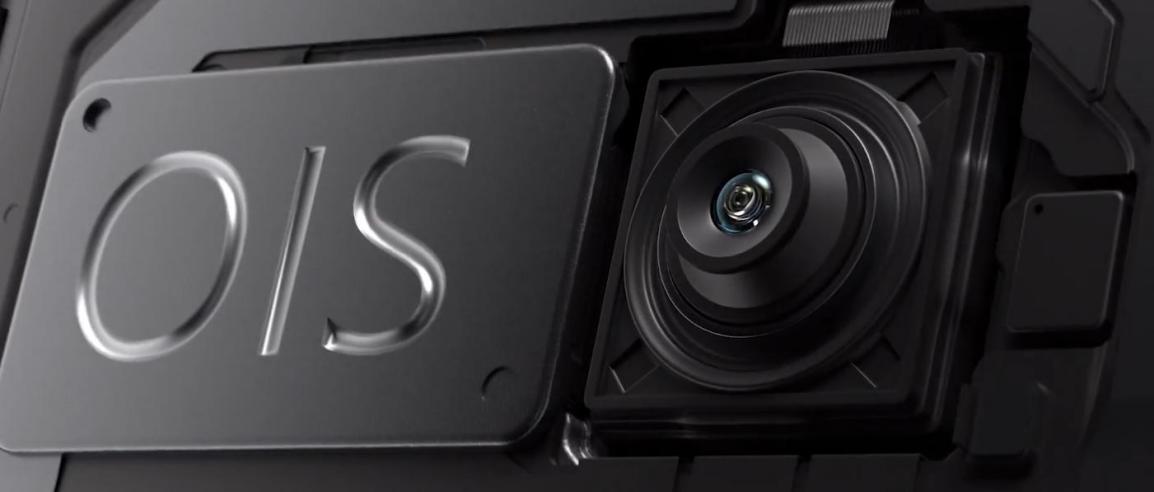Optical Image Stabilization (OIS) has revolutionized smartphone photography by providing clear images and steady videos. It counteracts the natural shakiness of hands during photo-taking and filming, minimizing motion blurs. The technology allows smartphone cameras to capture sharper, more detailed images even under challenging conditions. Advancements in OIS have led to significant improvements in low-light capabilities and video stabilization. Understanding how OIS works and its various applications helps users make informed decisions when purchasing a smartphone. Devices like the HONOR X9c Smartphone exemplify this innovation, delivering advanced stabilization that supports high-quality photography in real-world scenarios.

How OIS Works
OIS functions by compensating for camera shake during image capture. Tiny gyroscopes and microprocessors detect movements, including shakes or shifts. These sensors send signals to adjust the camera lens accordingly, stabilizing the image on the sensor. The key is quick, precise motion adjustments that occur almost in real-time. While taking photos, especially in low-light conditions or at night, even the slightest hand movement can result in a blurry image. OIS counteracts this, permitting the camera to use slower shutter speeds without losing sharpness. With video capture, OIS enhances its functionality to maintain stable footage, resulting in a smooth, professional look.
Benefits of OIS in Smartphone Photography
Enhanced Low-Light Performance
Capturing stunning photographs in dimly lit environments is where OIS truly shines. The technology enables longer exposure times without introducing blur, which is crucial in low-light settings. With OIS, the camera steadies itself to let in more light without the need for a flash, preserving natural ambiance. This process helps capture detail in shadows and highlights that would otherwise be lost. OIS stabilizes the lens when the camera extends the shutter speed, reducing the shake-induced blurriness common in handheld shots. For night photography enthusiasts, smartphones equipped with OIS deliver crisp, well-lit images with impressive clarity and color saturation.
Reduced Motion Blur
Motion blur occurs when an object moves while a photo is being taken. OIS addresses this by detecting motion and adjusting the lens or sensor to compensate in the opposite direction. This results in clearer images, even if the subject or photographer is moving. The ability of OIS to reduce motion blur is particularly beneficial for action shots or capturing fast-moving subjects, like kids playing or pets running. The stabilized image capture allows users to maintain spontaneity in photography, confidently capturing decisive moments without the frustration of repeated blurry retakes.

Smoother Video Recording
Video recording often highlights unintentional shakes, evident in handheld shots. OIS plays a crucial role in mitigating these shakes, ensuring a smoother video experience. As users walk or pan the camera, OIS adjusts lens position to counteract sudden tilts or shifts, creating stable footage. For travel bloggers, vloggers, or casual videographers, stabilized videos look professional without the need for external gimbals. By enhancing the natural motion through stabilization, OIS allows seamless, fluid video captures — whether documenting day-to-day moments or special events, every detail remains clearly in focus and undistorted by distracting movement.
OIS in Action: Real-World Applications
Everyday Photography
In daily life, OIS enhances the quality of ordinary photos. The stabilizing technology is ideal for snapshot enthusiasts who love capturing spur-of-the-moment pictures of family or friends. Whether indoors or outdoors, OIS helps to eliminate the blurriness caused by slight hand movements. Social media users benefit significantly, posting sharper images consistently. Furthermore, casual photographers enjoy more precise detail and vibrant colors, which would otherwise be difficult to achieve without stabilization. As smartphone cameras serve as primary photography tools, OIS support ensures users can reliably capture the present, preserving lasting memories with enhanced quality and clarity.
Professional Use Cases
Professionals, such as journalists or event photographers, require dependable camera technology to deliver high-quality content. Smartphones equipped with advanced OIS facilitate on-the-go shooting, reducing the need for bulky equipment. For documentary creators, stabilized footage is significant when movement is frequent, like during interviews or capturing live events. The precision of OIS ensures images maintain focus, essential for delivering credibility in professional work. This stabilization not only improves image quality but also empowers creators to explore new angles and unique perspectives without losing sharpness, expanding creative possibilities while maintaining professional standards.
Travel and Adventure Photography
Travel and adventure photographers work in dynamic and unpredictable environments where capturing the moment trumps setting up elaborate gear. Smartphones with OIS are indispensable, reducing motion-induced blur from shaky hands or uneven terrain. From snapping vast landscapes to capturing a bustling market scene, OIS maintains picture integrity. Adventurers benefit from the stabilization whether they’re hiking, climbing, or deep underwater, ensuring images and videos are sharp and clear. This reliable technology allows enthusiasts to focus on their journey and the beauty around them, rather than worrying about missing a shot due to movement or low-light challenges.
Factors to Consider When Selecting a Smartphone with OIS
When choosing a smartphone with OIS, consider several factors to ensure an optimal photography experience. Firstly, evaluate the camera’s megapixel count; though OIS provides stability, higher megapixels contribute to image quality. Examine lens aperture, as wider apertures enhance performance in low-light conditions, a strength of OIS. Another aspect is the processor speed, affecting real-time stabilization and image processing. Battery life is crucial — OIS can be power-intensive. Understand the integration of software algorithms that complement OIS for superior results. Additionally, reading user reviews provides insights into real-world performance outcomes. Thorough research ensures the smartphone selected meets personal photography needs.
Conclusion
OIS has elevated the standard of smartphone photography, offering users capabilities that extend beyond simple photography. From enhancing low-light performance to reducing motion blur and ensuring smooth video recording, OIS plays a vital role in daily and professional use. Its real-world applications span everyday snapshots, professional journalism, and thrilling adventure captures. When selecting a smartphone with OIS, it’s essential to consider factors such as megapixels, aperture, and processing power to ensure quality results. Thanks to OIS, anyone can produce clearer, more stable, and vibrant images and videos, making it a must-have feature for avid photographers and content creators alike.
